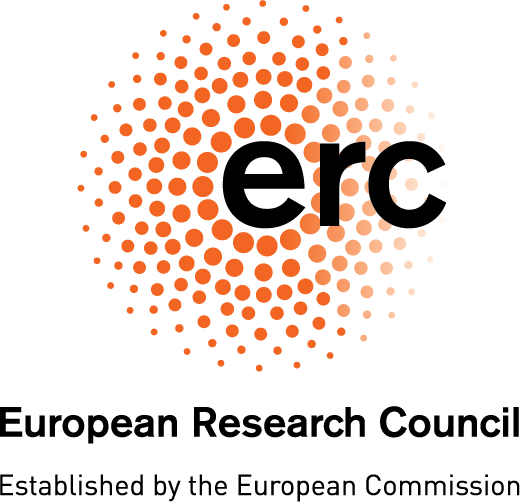Our project centres on three centuries, c. 1225 to 1525, to explore two interrelated fields—economic inequality and cultural history—and the consequences of the Black Death of 1348 and demographic decline that endured into the late fifteenth century. This period constitutes the longest period presently quantified when the gap between rich and poor narrowed in terms of taxable wealth. This period, however, poses paradoxes. Just when peasants, artisans, and shopkeepers were becoming wealthier absolutely and relative to elites, they were becoming more impoverished in other spheres of activity. One field concerned politics with artisans and shopkeepers losing rights of citizenship, participation in government, and power in their guilds.
Our project, however, focuses on another paradox, unnoticed by historians. Non-elites were also losing their prestige in the cultural realm with implications for religious expression. More specifically, as the wealth of non-elites rose absolutely and relative to that of merchants and nobles, landed peasants, artisans, and shopkeepers were vanishing as commissioners of ecclesiastic buildings, paintings, and other objects to be placed and maintained in parish churches, monasteries, and hospitals to preserve their individual and family remembrance before neighbours, kin, and God.
While almost totally absent from museums or medieval and Renaissance buildings today, this art and who commissioned it remains alive within tens of thousands of archival documents. By far the most important of these are last wills and testaments that range from the construction of new monasteries and hospitals to demands for candle-stick holders, priestly vestments, beds for hospitals, wax figures, and paintings valued at less than a florin. Yet scholars have largely ignored these grand repositories of artistic commissions, except in rare instances when the objects survive or when a prominent artist may have been involved in their creation. Ours is an art history that does not begin with surviving objects or their artists.
By using quantitative methods and compiling databases of patrons and objects bequeathed to remain in public places, we will add new dimensions to art and religious history and, in so doing, will pose new directions in inequality studies by mapping divergent, even opposing trends, between cultural and economic inequality. Against present assumptions in inequality studies, the post-Black Death century is teaching us that various spheres of human activity, embracing either racing inequality or its compression, did not always march along parallel tracks, driven by the beat of economic drums.
Who & Where
“Art & Inequality” is a five-year research project initially awarded an Advanced grant from the European Research Council in 2022, now funded by United Kingdom Research and Innovation (UKRI). The team is composed of Samuel Cohn Jr (PI), three post-doctoral research associates, an advanced PhD candidate, and an expert in digital humanities. Our first two years concentrated on notarial records, principally last wills and testaments with samples drawn from Florentine Tuscany, Naples, and Rome. Currently, we are expanding our archival investigations to Pisa, Lucca, Siena, Venice, and with plans for Umbria. Moreover, we have been collecting and coding records beyond the Alps, in Barcelona and Vic in Catalonia, and soon will extend our research eastward to the republic of Ragusa.


